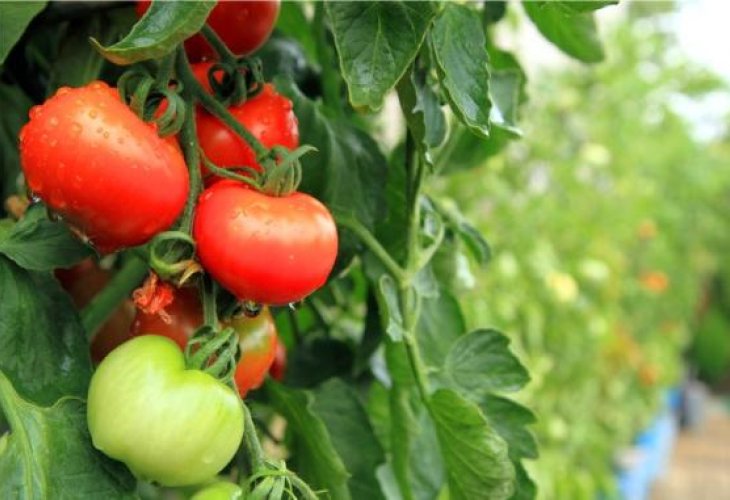Have You Heard About Selenium? If Not, It's Time
Selenium is an incredibly important mineral that our body needs in precise amounts to prevent various ailments. What happens if there's an excess or deficiency, where do we find it in our foods, what are its roles and contributions to our body's systems, and who should avoid it entirely? Find out in this article.

What is Selenium?
Selenium is an important and essential mineral that the body requires in a small amount of less than 1 mg, as any amount beyond this can have negative implications on our internal systems.
The Benefits of Selenium
- - Protects against various types of cancer, especially prostate cancer.
- - Delays aging processes.
- - Excellent in preventing heart disease and arthritis.
- - Essential for building DNA and repairing its sequences.
- - Enhances immune system function.
- - Improves liver function.
- - Excels in maintaining skin health.
- - Prevents hair loss and drying out.
- - Preserves the membranes of the cells in our body.
- - Neutralizes toxins like ethanol from our body.
- - Cleanses and purifies the body from toxic metals, nicotine, and tar.
The Consequences of Selenium Deficiency
When the body, for some reason, fails to get the required level of selenium - you won't believe it, but it seeks 'help' through increased eating. If it were lettuce and healthy food, fine, but the problem is that the opposite is true. In cases of selenium deficiency, the body tends to seek processed foods whose health value approaches zero.
Where is it Found in Our Food?
Selenium is mainly found in various plants, tuna fish, nuts, algae, liver, and whole grains. The selenium level in plants depends on the type of soil in which they grew (research shows that so far, soils in Canada are leading in this regard), and the materials that this soil absorbed. Plant types known to be rich in selenium are: dry onions, wheat germ, wheat bran, tomatoes, broccoli, algae, chamomile, fennel, alfalfa, ginseng, and milk thistle.
Excess Selenium in the Body
Prolonged consumption of 800 mcg of selenium per day may cause damage such as: diarrhea, skin rashes and wounds, bad breath, hair loss, irritability, fatigue, nausea, vomiting, stomach cramps, dry hair, 'black' and thick nails, and more.Who Should Completely Avoid Selenium?
1. People suffering from iodine deficiency.
2. Individuals whose thyroid gland does not function properly.
3. Children and teenagers
4. Elderly and frail patients
5. Chronic patients
6. Pregnant/nursing women
How is it Absorbed Most Efficiently?
Research shows that to optimize its performance, selenium needs vitamin E - which is found in foods such as roasted sunflower seeds, almonds, spinach, broccoli, beet greens, carrot juice, mango, canola oil, tomatoes, and more.

